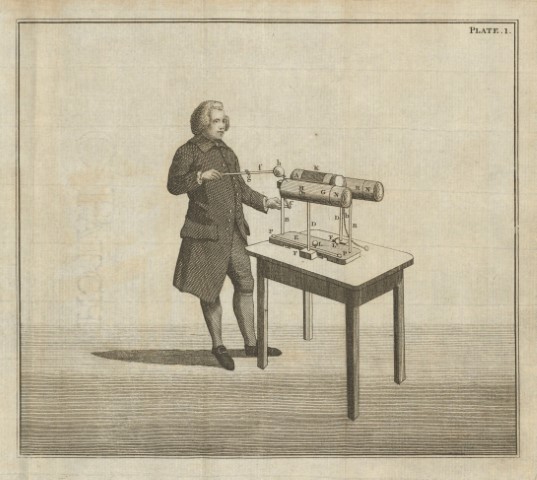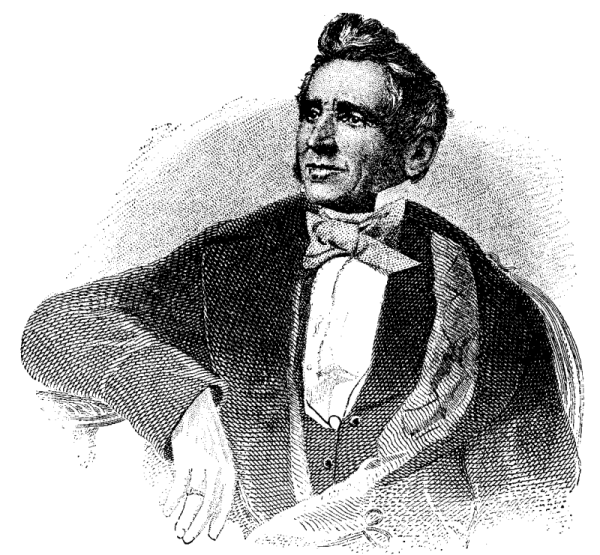Introduction: A Simple Tool with a Fascinating Past
We use them every day — at school, in the office, or when sketching ideas. Erasers are simple, quiet companions in the act of creating. But have you ever paused to wonder about the history of the eraser? Who invented this everyday tool? And how did we evolve from using bread crumbs to high-tech synthetic rubbers?
In this article, we’ll uncover the curious origin of the pencil eraser, explore the accidental invention of the eraser, and track its evolution over the centuries. Spoiler: it’s much more interesting than you think.
Before Rubber: When People Used Bread to Erase
Long before the modern eraser, people still needed a way to remove marks from parchment or paper. As early as the 1700s, the most common method in Europe was using soft, crustless bread. It sounds strange, but bread could gently lift graphite or charcoal from the page.
These bread-based erasers were surprisingly effective — but they had some obvious flaws. They crumbled, spoiled, and attracted mice. People needed something better.

The Accidental Invention of the Eraser
In 1770, English engineer Edward Nairne accidentally discovered rubber’s erasing ability. While reaching for what he thought was a piece of bread to erase a pencil mark, he grabbed a piece of natural rubber instead — and was amazed by the result.
This moment led to the invention of the eraser as we know it. Nairne quickly began selling rubber erasers, though they were expensive and perishable at the time. Natural rubber had serious drawbacks: it broke down over time, became sticky in the heat, and cracked in the cold.

Charles Goodyear and the Birth of Vulcanized Rubber
Everything changed in 1839 when American inventor Charles Goodyear discovered vulcanization, a process that stabilized and strengthened rubber using sulfur and heat. Vulcanized rubber didn’t degrade like natural rubber — it was elastic, durable, and perfect for everyday use.
Thanks to Goodyear’s discovery, rubber erasers became more reliable and affordable. This innovation marked a major turning point in the history of the eraser.

A Match Made in Writing: The Pencil with an Eraser
In 1858, American inventor Hymen Lipman patented the first pencil with an eraser attached to the end. This clever combination made writing and correcting much easier — and it’s still a standard design more than 150 years later.
Although Lipman’s patent was eventually overturned (because it simply combined two existing items), the idea stuck. Today, it’s hard to imagine a pencil without an eraser.
Evolution of the Eraser: New Materials and Designs
Over the years, erasers have continued to evolve. Today, there are many different types, each suited for a specific purpose.
Common Types of Erasers
- Rubber Erasers: The classic pink eraser, great for general use.
- Vinyl Erasers: Made from plastic, known for clean erasing with minimal paper damage.
- Gum Erasers: Softer and ideal for delicate papers; they crumble as they erase.
- Kneaded Erasers: Popular among artists, these can be shaped and don’t leave residue.
- Mechanical Erasers: Housed in pencil-like holders for precision work.

New materials like polymers and synthetics have made erasers more efficient, cleaner, and longer-lasting.
Cultural and Artistic Roles of the Eraser
The eraser is more than just a stationery item. It’s a symbol — of second chances, creativity, and the human ability to learn from mistakes.
- In Art: Artists use erasers to create highlights, texture, and light in their work.
- In Culture: The eraser has come to represent revision, forgiveness, and flexibility.
- In Design: From novelty shapes to miniature collectibles, erasers have become fun and expressive objects.
Fun Facts About Erasers
- The term “rubber” came from its function — to “rub” out pencil marks.
- Early rubber erasers were sold at high prices. In 1770, Nairne’s cost was three shillings!
- Japan is famous for producing tiny erasers shaped like food and animals.
- The average student uses 5–10 erasers per year — and loses twice as many.
Conclusion: A Tool That Keeps Us Moving Forward
From a slice of bread to vulcanized rubber and modern synthetics, the history of the eraser is a story of creativity, discovery, and constant improvement. Whether you’re sketching ideas, correcting homework, or editing your next masterpiece, the eraser stands as a quiet partner — always ready to help you start again.
So next time you use one, take a moment to appreciate its journey — from the humble beginning to the innovative tools we know today. The origin of the pencil eraser and the invention of the eraser are testaments to how even the simplest objects can have the most fascinating stories.
